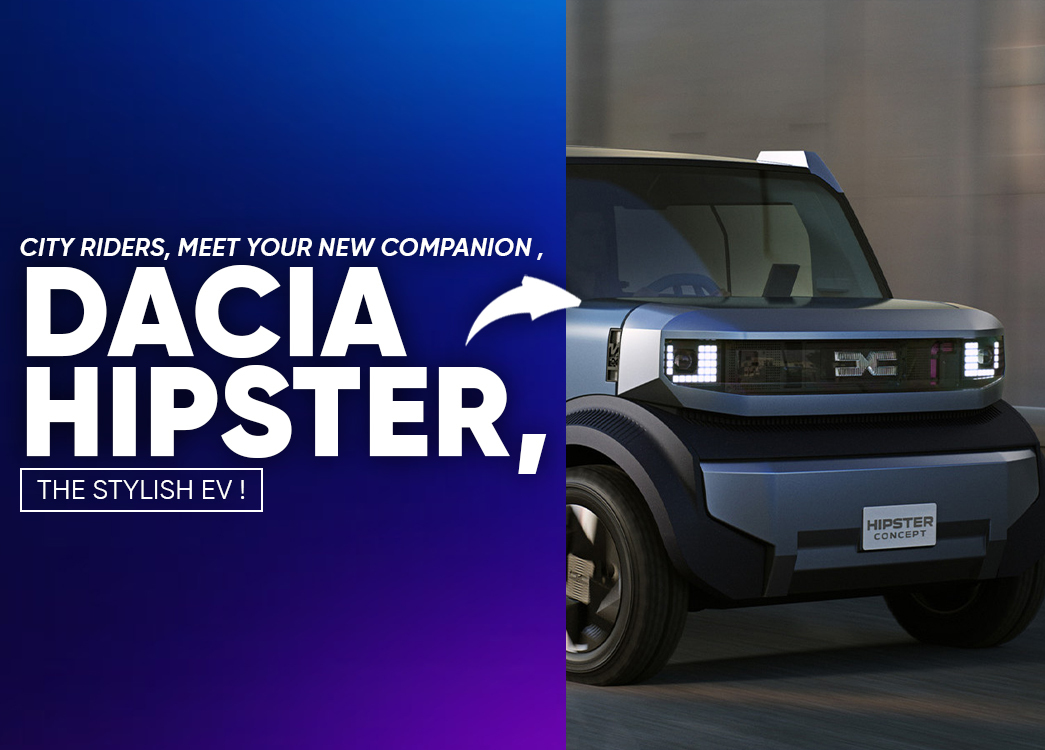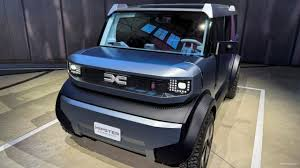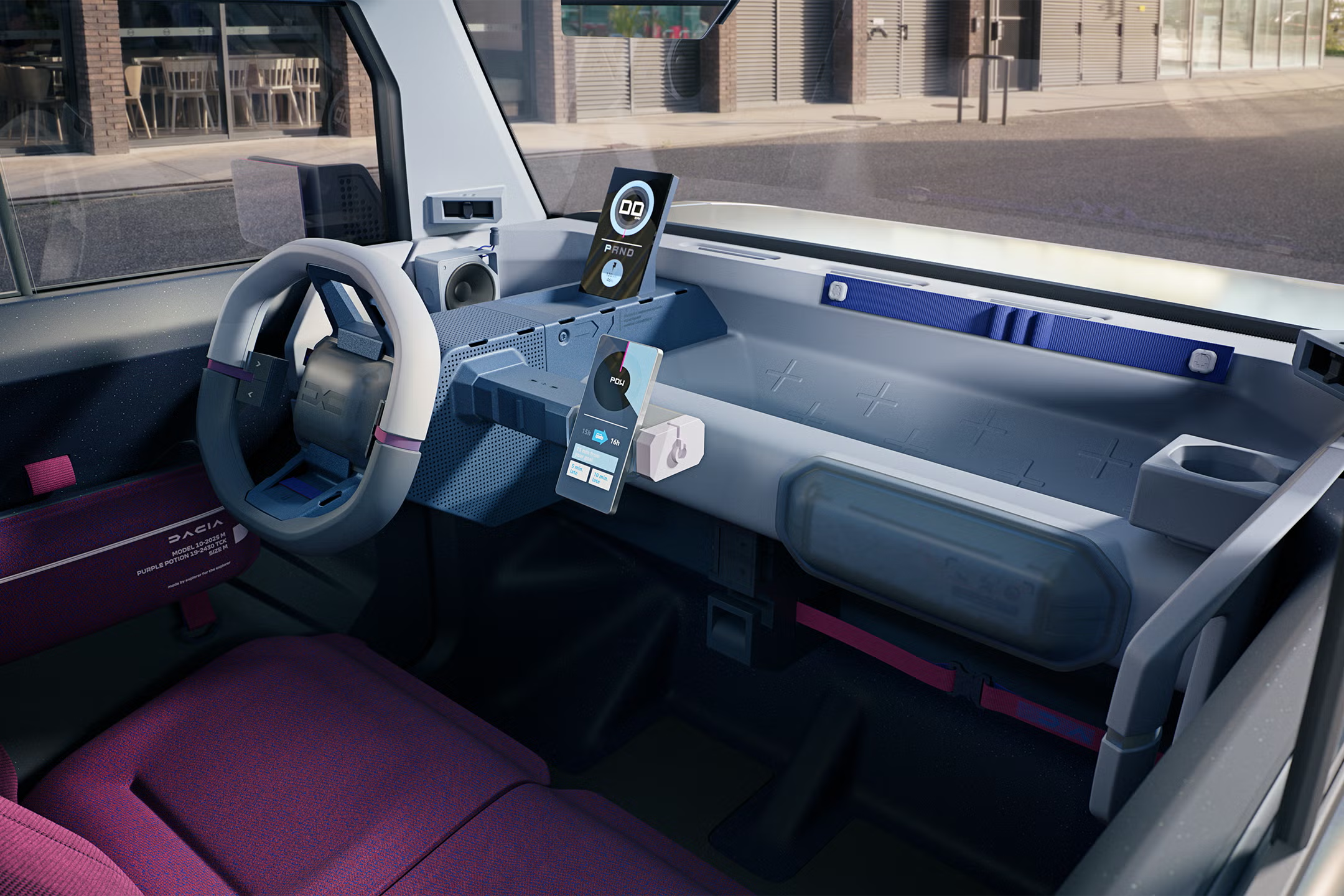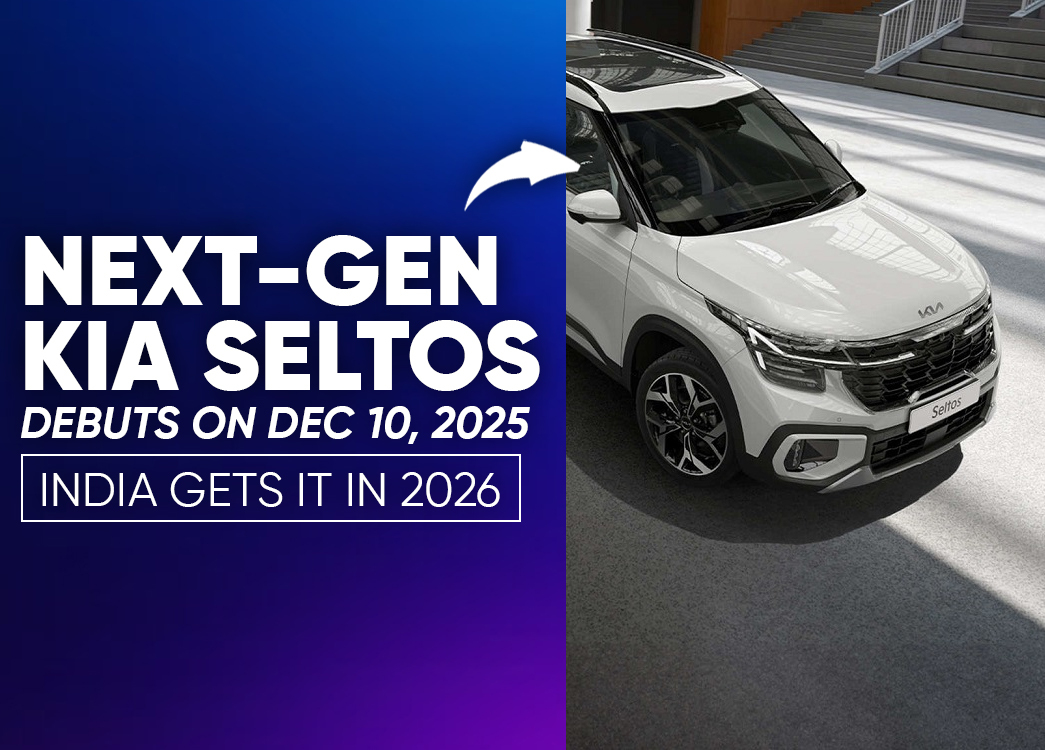
By creckk On 08-10-2025 at 11:22 am
Dacia Hipster Concept Electric Car: Affordable EV for City Drivers with Sustainable Design and Low Price Under €15,000
Dacia Hipster Concept Overview - Affordable Electric Car for Urban Drivers
The Dacia Hipster Concept is not your typical electric vehicle. It does not try to impress with futuristic looks or heavy technology. Instead, it aims to make electric cars simple, affordable, and sustainable. Unveiled in October 2025, this concept represents a new mindset for city driving. While most EVs are getting more complex and expensive, Dacia takes the opposite route, focusing on what people actually need in their everyday lives.
Design Philosophy Behind the Dacia Hipster Concept
The idea behind the Hipster Concept is straightforward. It is designed for people who want a practical, affordable, and eco-friendly car for daily urban commutes. Dacia describes it as the “people’s EV,” built for students, small families, and city drivers. Inspired by compact classics, it complies with modern safety standards without losing its charm. The result is a car that proves electric mobility can be simple and smart.
Dacia Hipster Concept Key Specifications and Dimensions

| Feature | Specification |
|---|---|
| Type | 100% Electric City Car |
| Length | 3.0 m |
| Width | 1.55 m |
| Height | 1.53 m |
| Weight | Under 800 kg (20% lighter than Dacia Spring EV) |
| Seats | 4 adults, with fold-flat rear seats |
| Boot Space | 70 L (seats up) – 500 L (seats down) |
| Range | 100–150 km per charge (target up to 200 km) |
| Top Speed | Approximately 90 km/h |
| Safety | Driver and passenger airbags, basic safety features |
| Charging | Standard household socket, 2 charges per week for normal use |
| Target Price | Below €15,000 (~£13,000 / ₹12–16 lakh) |
| Launch Window | 2026–2027 (pending EU E-car category approval) |
Exterior Design of the Dacia Hipster Concept
The exterior follows a “less is more” approach. Its boxy silhouette ensures maximum interior space, while the flat front fascia and narrow headlights emphasize simplicity. A two-part tailgate makes loading easy. Sliding windows and strap-style door handles reduce complexity. Rear lights are hidden behind the tailgate glass for a neat look. The panels are made from Starkle material that includes 20% recycled polypropylene. Surfaces are left unpainted or mass-dyed, reducing both cost and environmental impact.
Interior Design and Features of the Dacia Hipster Concept
The cabin feels raw yet functional. Bench-style front seats and fold-flat rears maximize flexibility. The YouClip system introduces 11 modular anchors for attaching accessories. Isofix compatibility ensures child seat safety. The upholstery is made from breathable mesh fabric for comfort and durability. Instead of a traditional infotainment screen, a smartphone dock supports a BYOD setup, making it simpler and cheaper to maintain. Exposed structural frames save weight and give the car a minimalist aesthetic.
Performance and Eco-Smart Engineering
The Dacia Hipster Concept is designed for urban commuting, not highway performance. Dacia data shows 94% of French drivers travel less than 40 km daily, so this EV focuses on real-world city driving. The lightweight body reduces energy consumption and improves efficiency. The expected range is 100 to 150 km per charge, with a stretch goal of 200 km. Simplified electronics mean lower energy drain and reduced repair costs. The car’s lifecycle carbon footprint is 50% lower than current EVs, achieved through recycled materials and lightweight engineering.
Price Advantage of the Dacia Hipster Concept
Dacia plans to make the Hipster one of the most affordable EVs in Europe. With a target price below €15,000, it undercuts most competitors. The car omits non-essential features like built-in infotainment screens, relying on smartphones instead. Minimal electronics reduce servicing needs and running costs. The result is a car with ultra-low ownership expenses, ideal for first-time EV buyers or city families looking for affordable mobility.
Environmental Impact and Sustainability Goals
Dacia’s sustainability plan for the Hipster aims to cut its total carbon footprint by 50% compared to today’s best-performing electric vehicles. This goal is achieved through the use of recycled materials, energy-efficient production methods, lightweight construction, and low operational energy use. The focus is not on speed or luxury, but on creating a real, measurable environmental benefit.
Philosophy Behind the Name Dacia Hipster
The name “Hipster” symbolizes Dacia’s breakaway from traditional EV trends. While many automakers chase futuristic designs and advanced tech features, Dacia takes a reverse path. The Hipster challenges the modern expectation of electric cars by offering something more grounded. It is a car for those who value practicality over prestige, designed to do the job without overcomplication. It stands as a quiet rebellion against overdesigned, overpriced EVs.
Why Choose the Dacia Hipster Concept

| Feature | Benefit |
|---|---|
| Practicality | Compact size, easy parking, and flexible boot space |
| Affordability | Democratizes EV ownership, ideal for small families and young buyers |
| Sustainability | Built with recycled materials and a reduced carbon footprint |
| Simplicity | Easy home charging and fewer electronic components |
Conclusion - The People’s EV for a New Era
The Dacia Hipster Concept is not just a prototype; it represents a new way of thinking about electric mobility. It challenges the assumption that electric cars must be luxurious, heavy, or packed with tech. Instead, it offers a compact, affordable, and environmentally responsible alternative for the modern urban driver. If launched successfully in 2026 or 2027, it could become the benchmark for truly practical electric vehicles in Europe and beyond.
Frequently Asked Questions (FAQs):
What is the Dacia Hipster Concept?
The Dacia Hipster Concept is a 100% electric city car unveiled in October 2025. It focuses on affordability, simplicity, and sustainability rather than luxury and speed.
What are the key specifications of the Dacia Hipster Concept?
It is 3.0 m long, 1.55 m wide, and 1.53 m tall, weighing under 800 kg. It seats four adults and offers up to 500 L boot space with folded rear seats. It delivers 100–150 km range per charge, a top speed of around 90 km/h, and a price below €15,000.
When will the Dacia Hipster Concept launch?
The expected launch window is between 2026 and 2027, subject to EU E-car category approval.
What makes the Dacia Hipster Concept different from other EVs?
It breaks away from the trend of high-tech, expensive EVs by focusing on essential features, sustainable materials, and a low purchase price. It is designed for real-world city driving.
How does the Dacia Hipster Concept support sustainability?
It uses recycled materials, reduces manufacturing energy, and minimizes its carbon footprint by 50% compared to existing electric cars.
Is the Dacia Hipster Concept suitable for long drives?
No, it is primarily designed for city commutes and short-distance travel. Its range of 100–150 km per charge fits urban usage patterns.
Why is it called the Dacia Hipster?
The name “Hipster” represents Dacia’s decision to go against the mainstream EV trends. It focuses on simplicity, practicality, and affordability, setting it apart from overly complex electric vehicles.
Related posts









